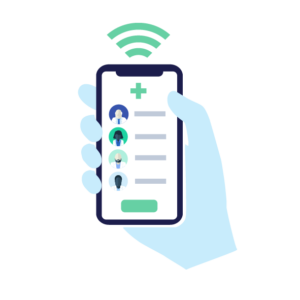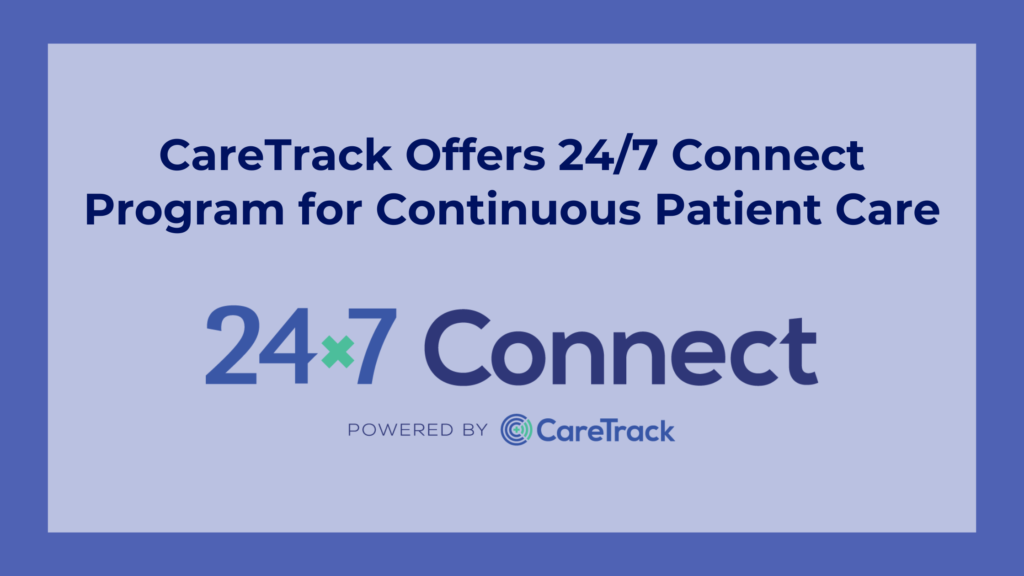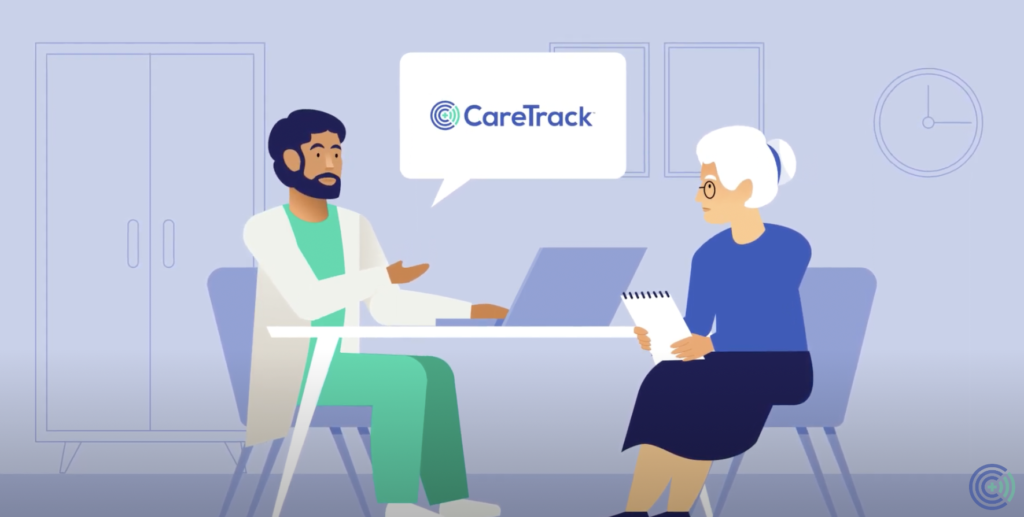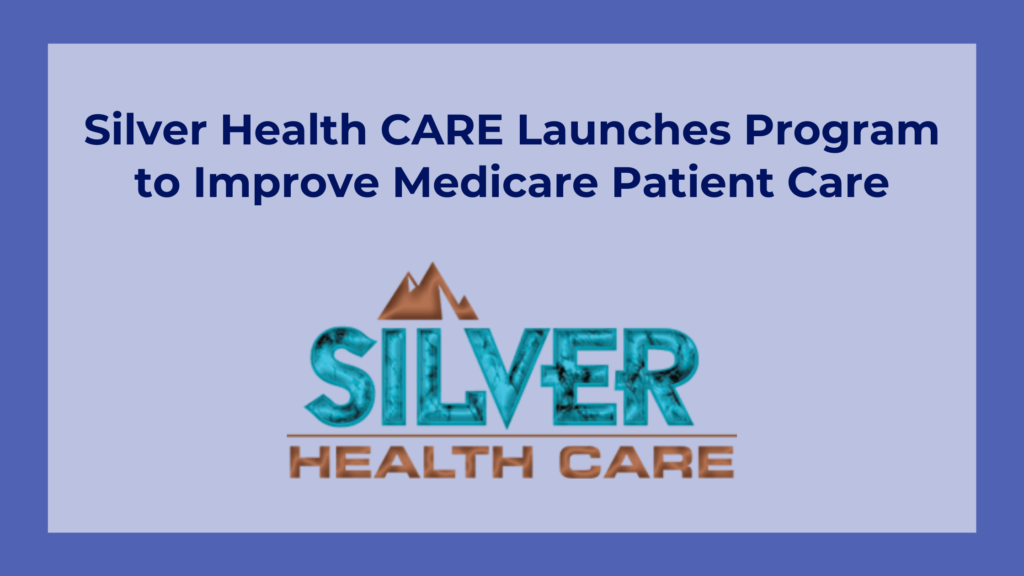
CareTrack’s Patient Adherence System enables primary care physicians to better monitor critically and chronically ill patients outside of the office to proactively baseline, identify, and escalate interventions earlier in-between appointments.

CareTrack assists practices in preventing hospitalizations, closing patient adherence gaps, improving quality measures, and driving more proactive screenings and services adoption.
"Managing Medicare patients is painful."
– says everyone

Insufficient Self-management
Patients with chronic disease struggle to self-manage their extensive medical needs.
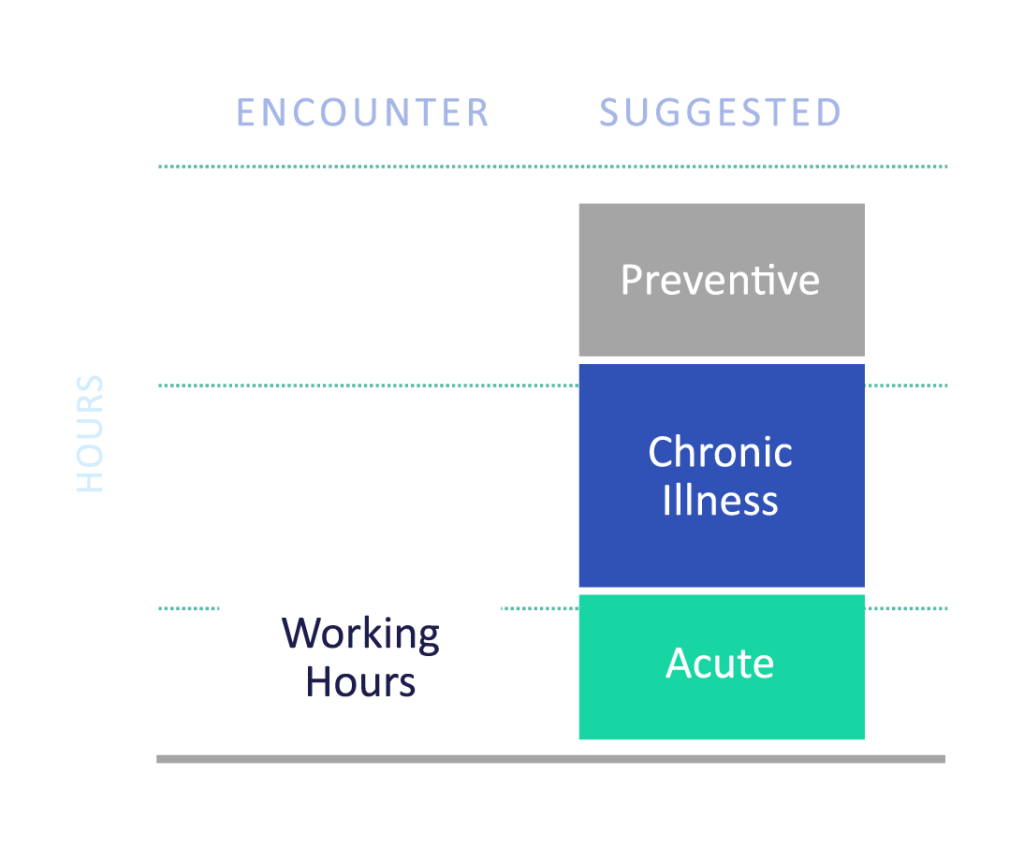
Not Enough Time
Per Patient
Physicians feel that there is not enough time for chronic patients.
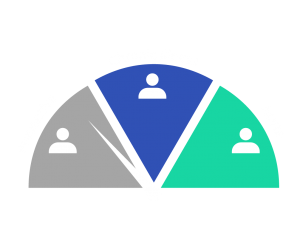
Lack Early
Warning Visibility
Patient nonadherence is responsible for 33% of elderly hospital admissions.
What is good for the patient is also good for the practice

Patient Adherence System
CareTrack provides the ability for medical practices to identify and provide their most at-need critically and chronically ill patients with a tailored, systematic care plan. The adherence system right-sizes patient support outside of the office, dramatically improving clinical outcomes, including better preventive service utilization, improved quality measures, and increased per-patient profitability.
Benefits of the Patient Adherence System:
- Focus on closing patients’ adherence gaps, proactive screenings, and services adoption to prevent critical issues from cascading towards recurrences and hospital admissions.
- Collaborate with the internal practice team to reduce staff workload, so the practice isn’t required to change how it delivers patient care.
- Designed to be Medicare reimbursable and easily integrated with practices’ existing EHR, monthly billing, and compliance reporting.
How We Change the Rules of Patient Engagement
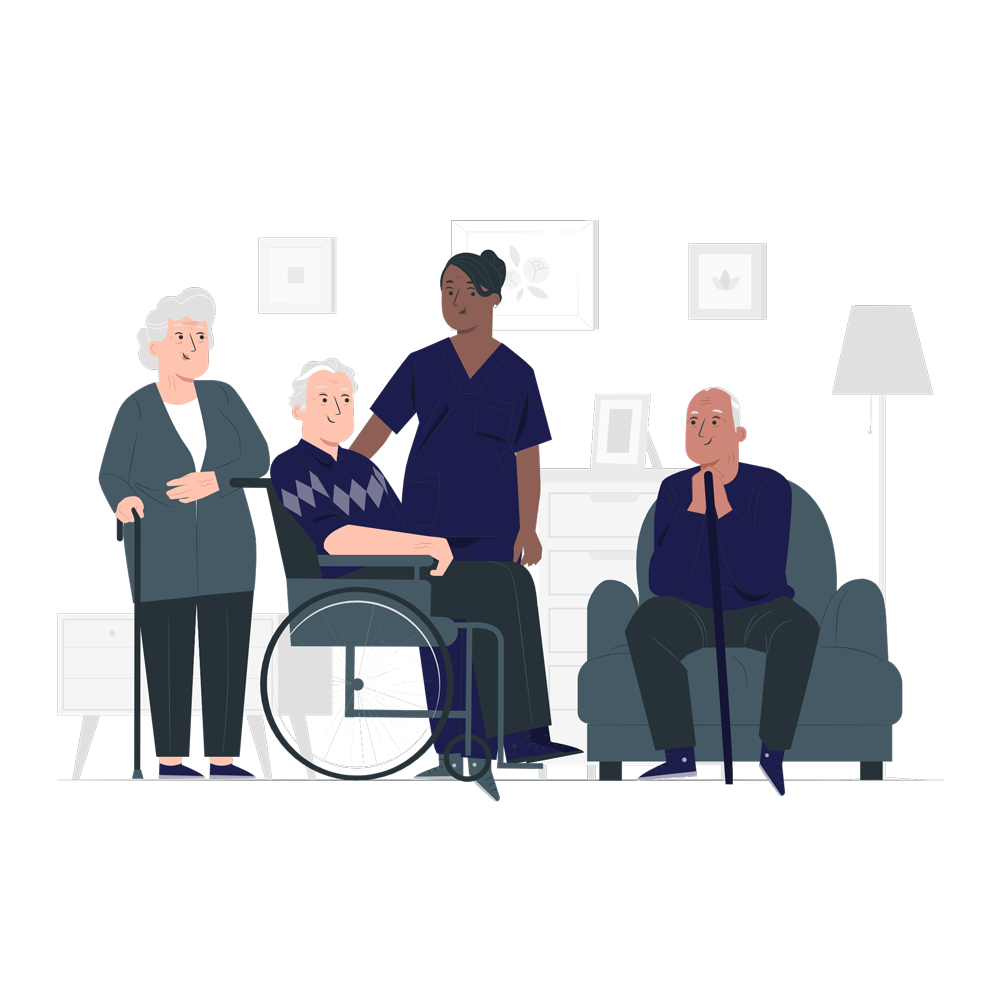
Empower
Empowering patients with a customized plan and effective continuous care support to enhance their well-being in between office visits and provide greater peace of mind.

Enable
Enabling physicians to assess patient progress, adherence, and real-time health changes with continuous monitoring to provide the latest patient information at their
fingertips.

Extend
Extending practices’ ability to support their patients who have multiple conditions using a fully integrated EHR system, complete with built-in medical reimbursement and quality measure reporting.
Patient Adherence System Features
Patient Adherence System Functions
-
Scheduling In collaboration with regularly scheduled office visits, CareTrack schedules interval check-ins. If the patient is relatively stable and scheduled for an annual follow-up, the physician may prescribe daily, monthly, or quarterly check-ins. This ensures that patients adhere to the care plan, there are no significant changes in health, and can help discover issues that may require scheduling an earlier appointment. More intensive-need patients may require monthly or weekly monitoring device check-ins as determined by the physician.
-
Care Plans Dynamic care plans personalize adherence program recommendations for each patient. They include the latest health developments and update patient records in real-time so that the practice and patient can share health information.
-
Preventive Care To ensure patients’ best health, screenings and additional reminders for conditional-specific services and scheduling help keep the patient up-to-date on every available resource recommended by the physician.
-
Early-warning system Regularly scheduled intervals provide a secondary function for the primary care practices by giving them a consistent model to engage with patients outside of the office. These intervals, condition-specific structured workflows, physician-defined thresholds, along with alerts and escalations, provide additional patient coverage without placing additional burdens on the core staff.
-
Patient accountability Beyond the functional sum of the parts, CareTrack’s system provides the foundation for increased patient accountability through increased engagement, reminders, and education. Patients are more aware of their role in maintaining their health and understanding their specific care plan. The regular schedule provides behavioral reinforcement to help maintain patients’ prescribed home care program.
Additional Benefits Include
Optimizing patient adherence, simplifying quality metrics management, driving annual wellness visits, streamlining virtual visit workflows, improving transitional care, and providing significant increases in reimbursement for practices.
OUR BLOG
CareTrack Offers 24/7 Connect Program for Continuous Patient Care
Patient adherence program benefits patient care and extends medical practices CARROLLTON, Ga. (Dec. 29, 2022) – CareTrack, a remote patient …
Explainer Video
Learn how CareTrack can help Medicare patients, like Mary, live in adherence to their care plan while staying connected with …
CareTrack Health to Attend Georgia Academy of Family Physicians Annual Meeting in Atlanta
Patient adherence solution to exhibit at the event from Nov. 10 to Nov. 12 ATLANTA (Nov. 3, 2022) – CareTrack …
CareTrack Health Announces New Hires Amid Company’s Significant Growth
CareTrack Health Announces New Hires Amid Company’s Significant Growth Patient adherence solution making full-time and part-time additions to the team …
CareTrack Health Expands Management Team to Include Additional Respected Industry Experts
CareTrack program benefits patient care and extends medical practices CARROLLTON, Ga. – CareTrack Health, a remote patient adherence solution, is …
Silver Health CARE Launches Patient Adherence Program to Improve Medicare Patient Care
CareTrack program to benefit local patient care and medical practice SILVER CITY, N.M. (Aug. 3, 2022) – Silver Health CARE …




